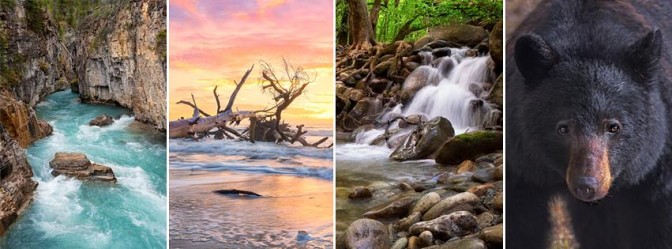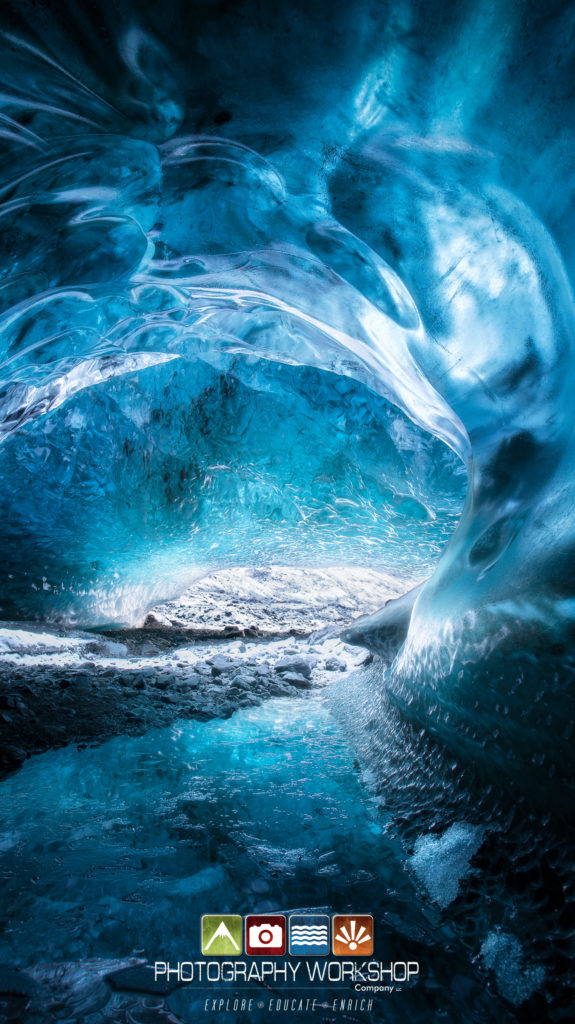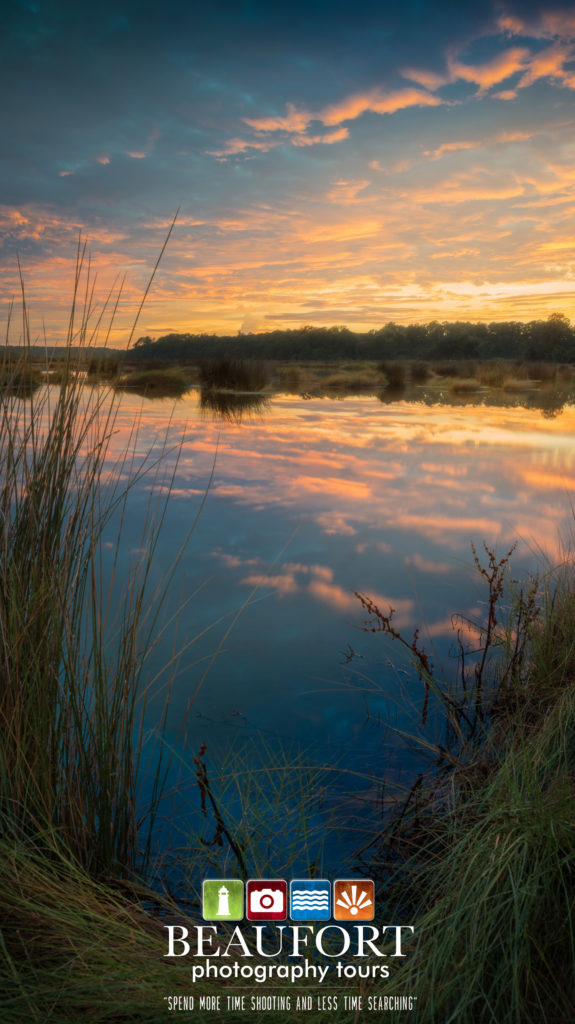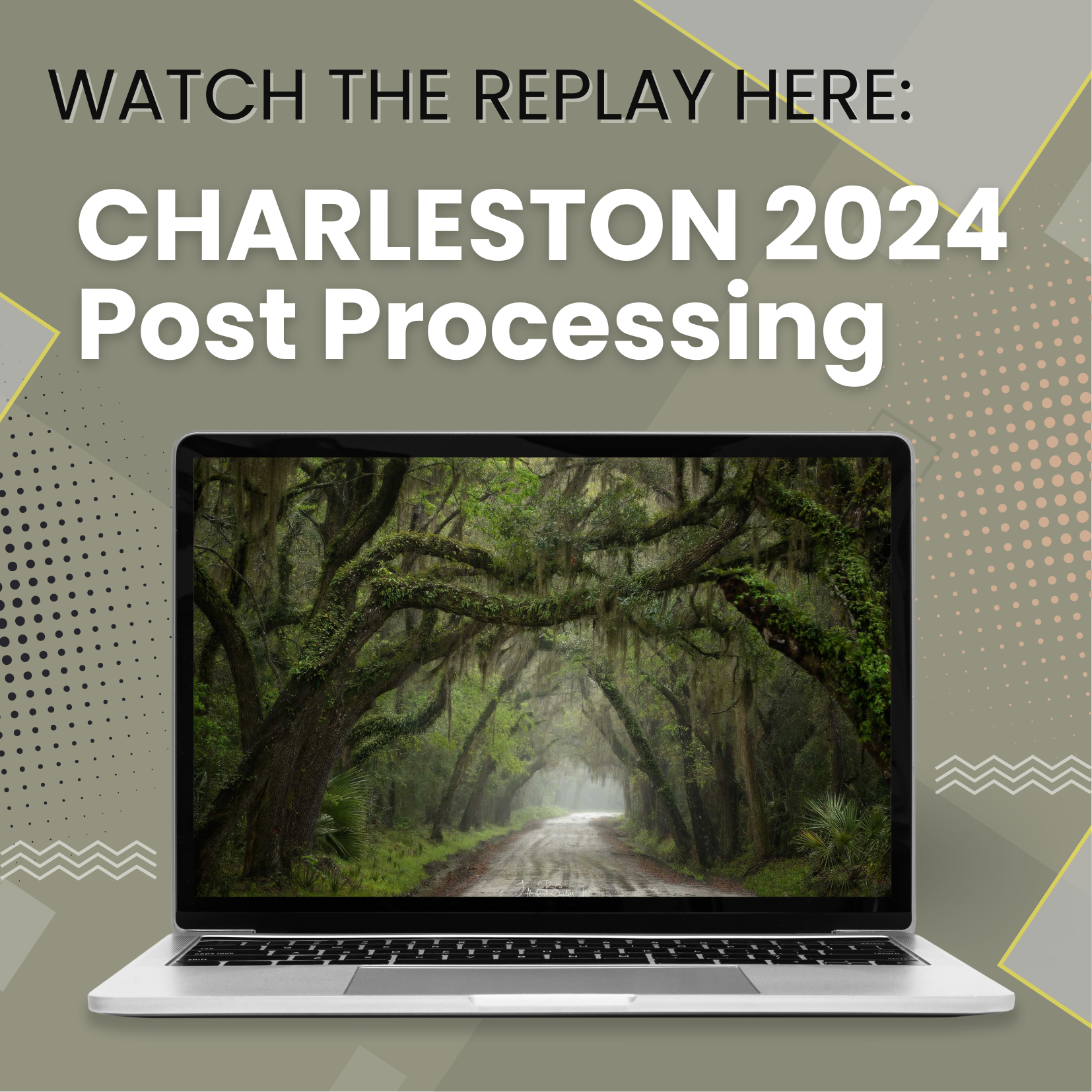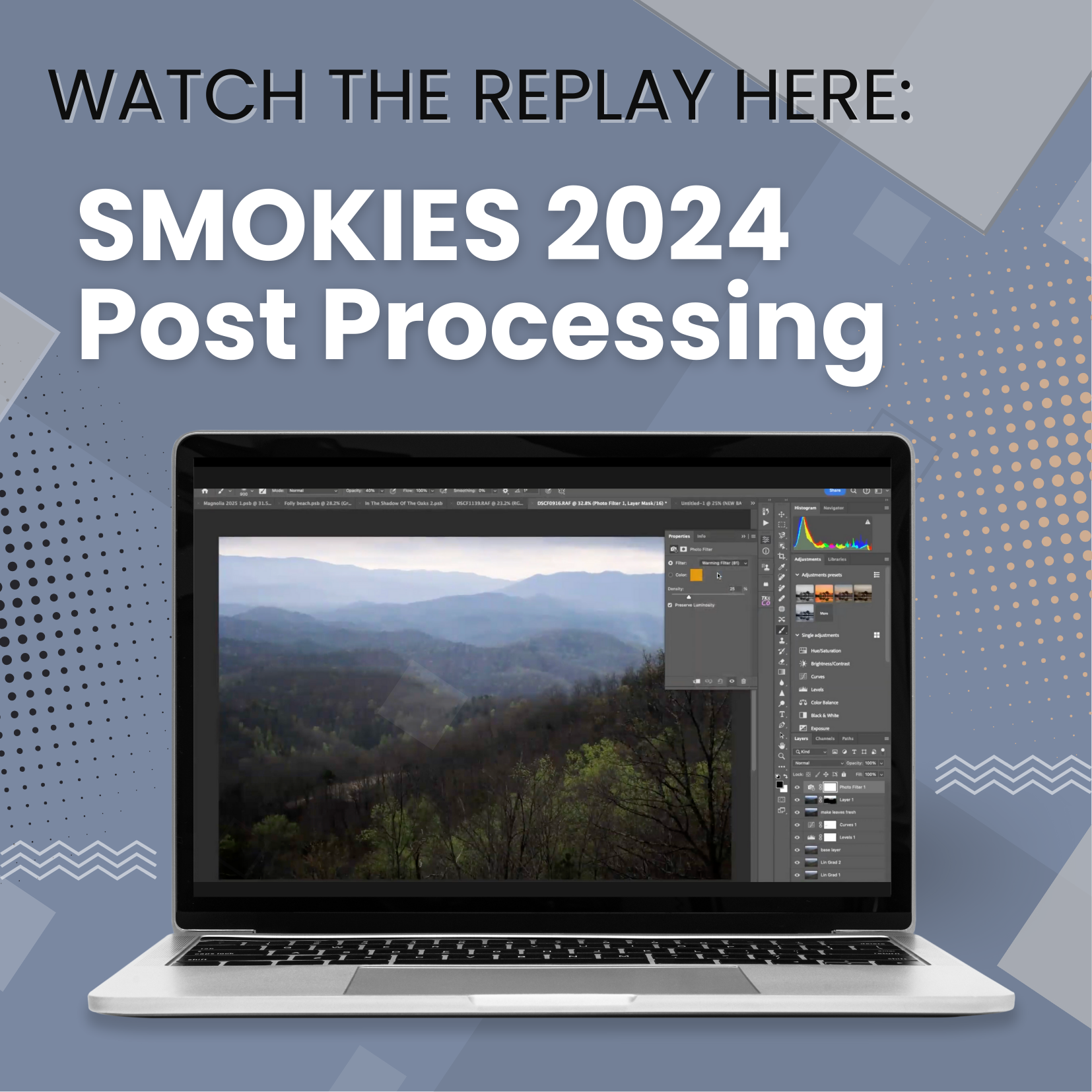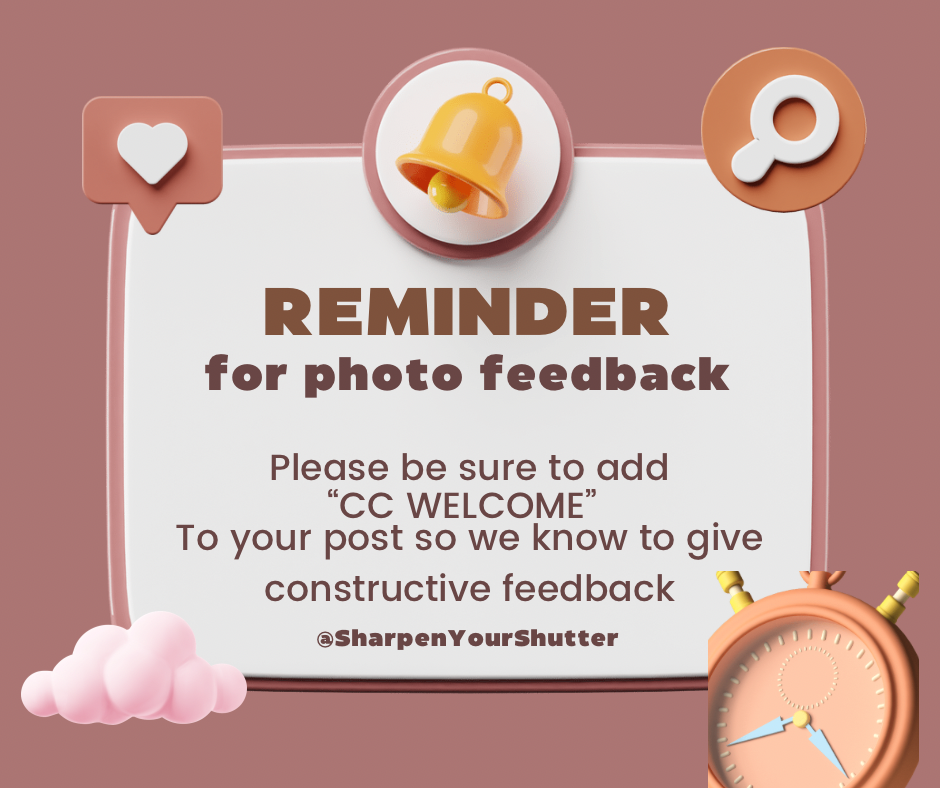Oh the frustration! You just returned from an amazing adventure where you invested time, money and sleep to land the perfect shot, only to come home and realize your picture isn’t as sharp as what it could be. Although it won’t make you feel better, this has happened to all of us.
Going back to the basics, we are going to cover some things Keith and I do in the field to get the sharpest images possible.
Sturdy Tripod
This can’t be stated enough. A flimsy tripod that is difficult to set up is the perfect recipe for field frustration. I (Tiffany) started my photographic journey with a Manfrotto tripod and a pistol grip ball head.  When I moved to Fujifilm and a mirrorless system, I didn’t have the heavy weight of a Nikon and so I was able to move down in the weight of my tripod and still achieve a strong stabilization. Currently I now use the Slik Lite Series.
Keith on the other hand is shooting with a Nikon D810 and with the weight of that system he needs a tripod that can really stand strong. He has an RRS tripod.
Over our time photographing, and much of that time being spent in harsh conditions with ocean water tearing up our tripod, we can’t stress this enough: spend a little more money and buy once.  A tripod isn’t the place I would try to cut corners. You’ll only be frustrated when it breaks down on you and you have to buy another one.
Cable Release
 We have a joke in our family about Keith’s ability to kill a cable release. We almost need to just have them regularly delievered to our home. He thinks it’s the manufactuor, and I think it’s his passion in the field that puts the durability to the test. Regardless, having a cable release will allow you to not touch your camera at the point of capture so that you can get the sharpest image possible.
As a Fujifilm user, I’ll either use my 2 second timer, or I’ve downloaded their app and I can control the shutter with that.
Remove The Strap
 At least one point or another of nearly all of our tours, you’ll find Keith and I wrapping the camera strap of a guest around the tripod. We do this so that the wind can’t capture the material and cause shake.
Check Your Settings
Having a system in the field is paramount to being sure you’re not missing anything. Checking your ISO, aperture, exposure and focus should be a system you mentally walk through before you start your shoot. When an extraordinary scene takes your breath away and the light is leaving, you may be inclined to just start shooting, but this could be a mistake that can cost you the experience.
Choosing The Right Aperture
 While in the field with beginners who are just starting to learn about aperture I tell them this: “Big scene, bigger number. Small scene, smaller numberâ€. This is a deeply oversimplified statement, but it helps beginners to remember that a smaller aperture (larger number) will give them maximum sharpness. All circumstances vary, but Keith and I tend to float somewhere between f/8 and f/11 for our landscapes. When in doubt, go to F/11.
Today we’ve taken a high pass over some of the things we do in the field to get the sharpest images possible. For more info, stay tuned to upcoming blog posts or come out and go on an adventure with us! We’d love to have you!







 This offering comes on the heels of the 46mm Filter Kit (which includes an 8-point Star Filter, 3-stop Neutral Density Filter and Circular Polarizer) that debuted in October 2017.
This offering comes on the heels of the 46mm Filter Kit (which includes an 8-point Star Filter, 3-stop Neutral Density Filter and Circular Polarizer) that debuted in October 2017.





